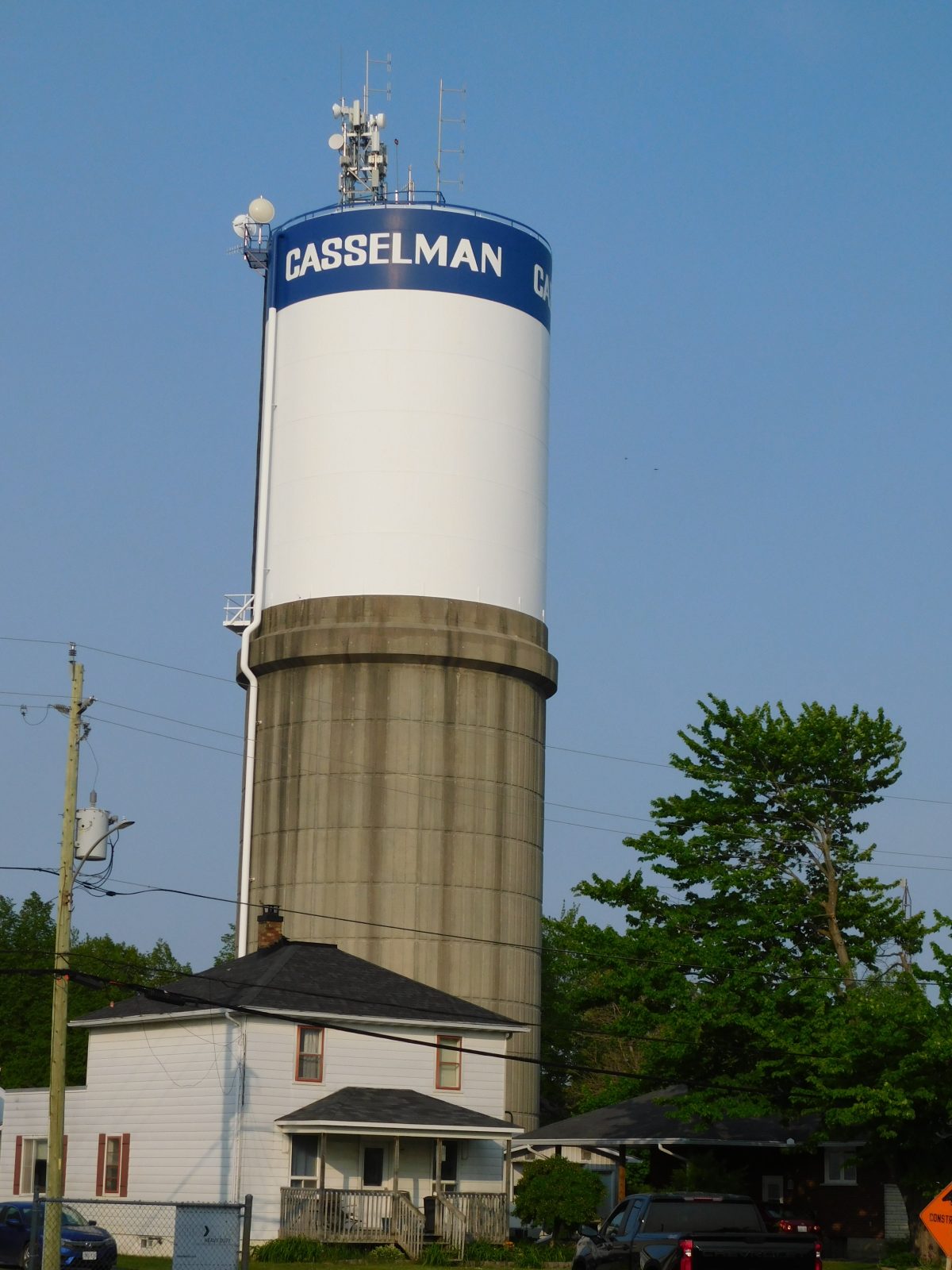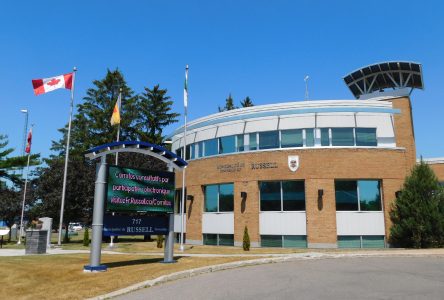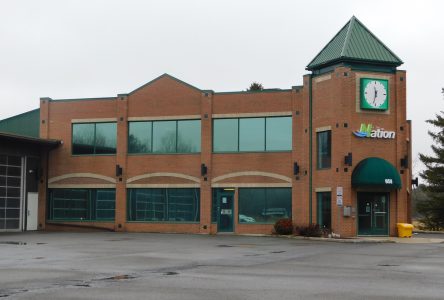Casselman is preparing to start repairs and manganese removal on the municipality’s water system following “close to a historical high” manganese levels back in July 2023.
“I’m feeling incredibly hopeful,” said the mayor of Casselman, Geneviève Lajoie. “Right now, a lot of municipalities are faced with a lot of infrastructure challenges and this type of innovative project being successful would be a huge win for us. And hopefully it’ll be able to help other municipalities facing the same situation that we are in.”
On July 5, 2023, the municipality of Casselman released a statement to the public indicating the levels of manganese in the town’s drinking water are close to a historical high. A day later, the municipality published a press release assuring residents that, despite the colour and the smell, drinking the water was safe.
Dr. Bill Dallala, chemical engineer specializing in water quality, presented to council back in September 2023 suggesting potential modifications to the municipality’s water system to ensure residents have access to consistently clear water.
Dr. Dallala’s findings indicated that the current water treatment infrastructure and equipment can withstand mondernization changes, most notably switching to chlorine dioxide as a disinfectant, and performing a complete automation of testing and adjusting for the oxidation of manganese and iron found in the water.
Since Dr. Dallala’s presentation to council, he has been working with the Ontario Clean Water Agency (OCWA) conducting tests, analysis and research on the process and equipment requirements.
One of the necessary steps for the changes to the water treatment system are the approval from the Ministry of the Environment, Conservation and Parks (MECP) which has proven to be a challenge. As this is a novel method of treating drinking water in Ontario, the MECP does not have the expertise to provide feedback.
The second challenge facing the municipality is the requirement for detailed drawings of the new treatment system from certified engineers. That process, which is time consuming, will be in collaboration with JL Richards Engineering and OCWA engineers.
Further testing of the raw water poses difficulties as well since manganese levels are low during the winter and even spring months.
Next steps include pilot testing, laboratory sampling and testing, onsite testing, data collection and evaluation, as well as final assessment for the next design phase which will begin in April. Manual treatment of the water will take place in June 2024.
The estimated cost of the project is expected to be around $1 million. As of the last municipal council meeting on Feb. 20, the running cost of the project is up to $80,895.30.
The municipal contribution for this project is $266,700. The rest of the expenses will be covered by a 2021 federal Green Infrastructure Stream grant which requires the project to be completed by December 31, 2026.
Over the coming weeks, the municipality is working on getting the required approvals from the Ministry, the engineering drawings and preparing for the pilot testing in April.
“Constant monitoring will be done, and Council and our residents will be informed of our progress throughout this endeavour,” stated the administrative report published on Feb. 20.



